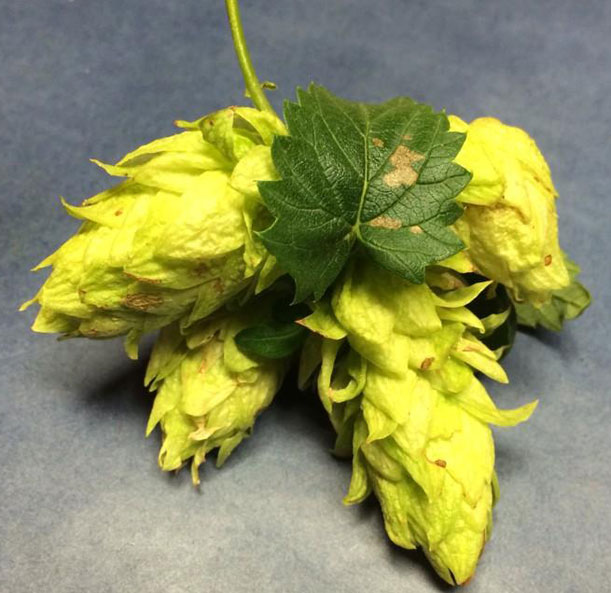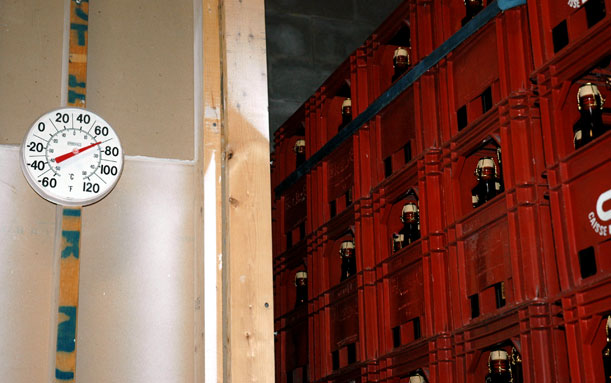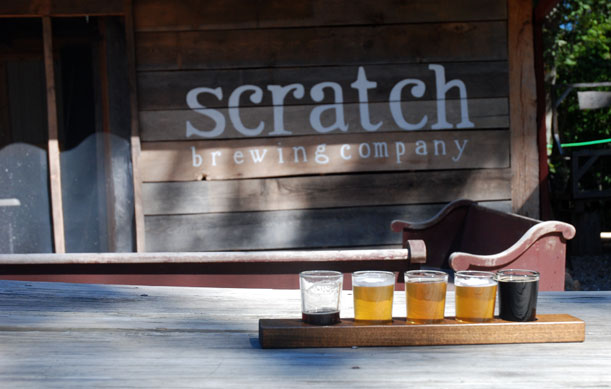MONDAY BEER LINKS, MUSING 09.29.14
Last week Jeff Alworth, Boak & Bailey and Alan McLeod posted thoughts on beer writing, interesting on their own and further provoking interesting comments. Then McLeod followed that up with a must read. (Really, go read it.)
Most of the time, the links I post here are to stuff I read during the week and think you might have overlooked. This week, I tweaked that a bit and focused just on publications that are not beer-specific. That’s because these days I can walk into gas station/convenience store smack dab in the middle of Missouri and choose from dozens of fancy beers. That’s one of the reasons there’s a lot more being written about beer these days in a lot more places and in a lot of different ways.
So Long, Shaker Pint: The Rise and Fall of America’s Awful Beer Glass. This story may or may not contain anything you didn’t already know, and that is the point. This is news to CityLab readers.
[Via CityLab]
Red Brick Brewing Company Turns 21. A long read, north of 4,000 words, and excellent. On the one hand, a 21st anniversary story seems pretty obvious. On the other hand, it is Red Brick, a brewery that long ago was less interesting to write about than a slug of new ones. In fact, its beers weren’t that good. That’s changed. “What many had considered a long-dead, irrelevant brand is experiencing a renaissance amid Georgia’s greater craft beer boom.”
[Via Creative Loafing]
Pliny the Elder: A case study in scarcity marketing. From those guys you listen to on public radio.
[Via Marletplace]
Wine execs concerned about growth of craft beer, specialty spirits. It is business story written for a newspaper audience (and its online readers, of course). It talks about “millennial exploration.” Shouldn’t publications, and individuals who want to write for those publications, recognize those millennials sometimes want a different sort of writing?
[Via The Press Democrat]
Mexico’s Craft Beer Scene Is Exploding. In this case you have Jeppe Jarnit-Bjergsø of Evil Twin Brewery writing a column, called Nomadic Brews, each month for Munchies, which is part of Vice Media. “Every month, we’ll check in with dispatches from Jeppe’s travels around the world, as he brews in places like Mexico, Taiwan, and Brazil.” Added to remind us all it is a brave new world.
[Via Munchies]




 Last year at the Great American Beer Festival founder/brewers Marika Josephson, Aaron Kleidon and Ryan Tockstein decided if they were going to return this year they would do it the “Scratch way.” They are and they are. Scratch will be pouring five beers made with foraged ingredients and without hops. They call these gruits, which could lead to a
Last year at the Great American Beer Festival founder/brewers Marika Josephson, Aaron Kleidon and Ryan Tockstein decided if they were going to return this year they would do it the “Scratch way.” They are and they are. Scratch will be pouring five beers made with foraged ingredients and without hops. They call these gruits, which could lead to a